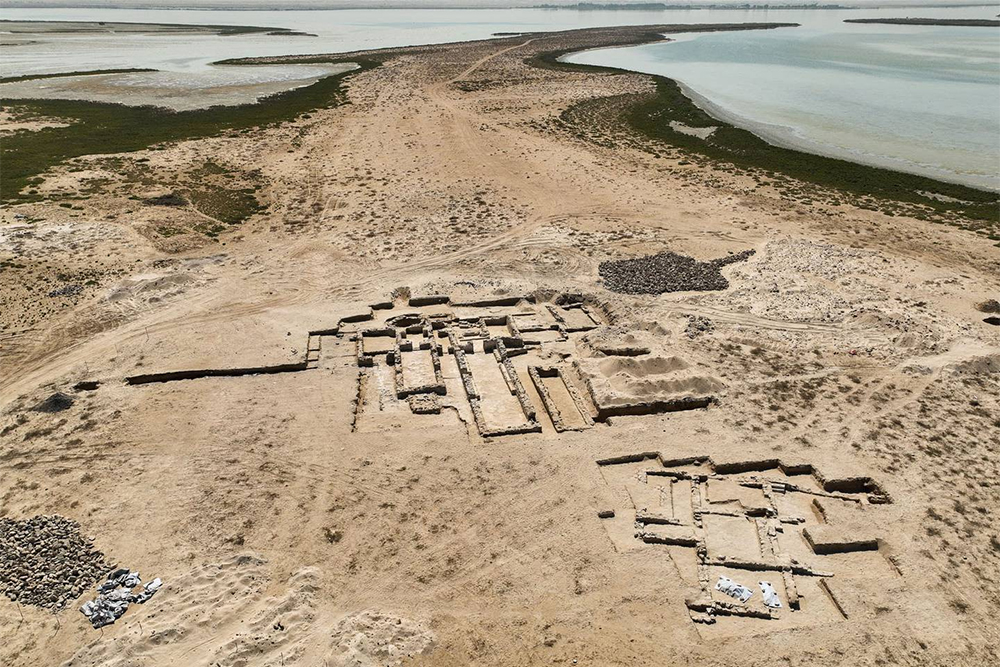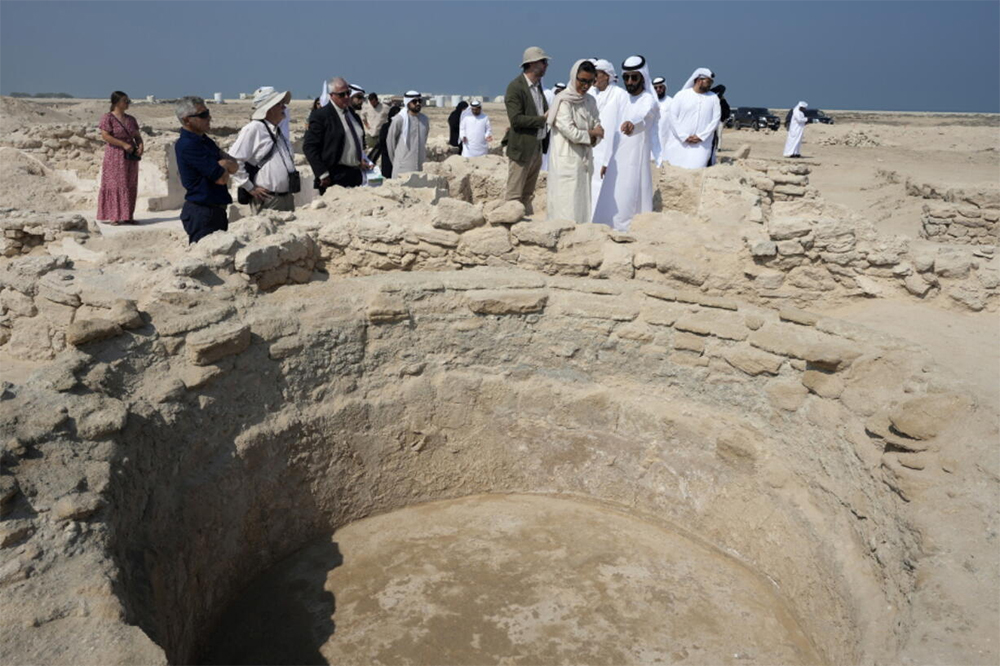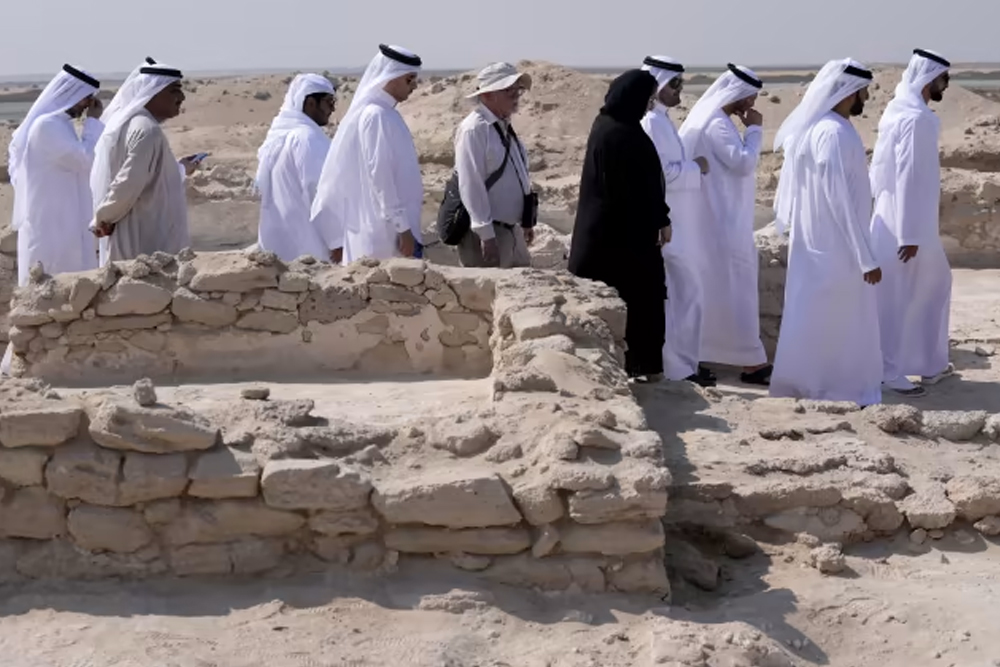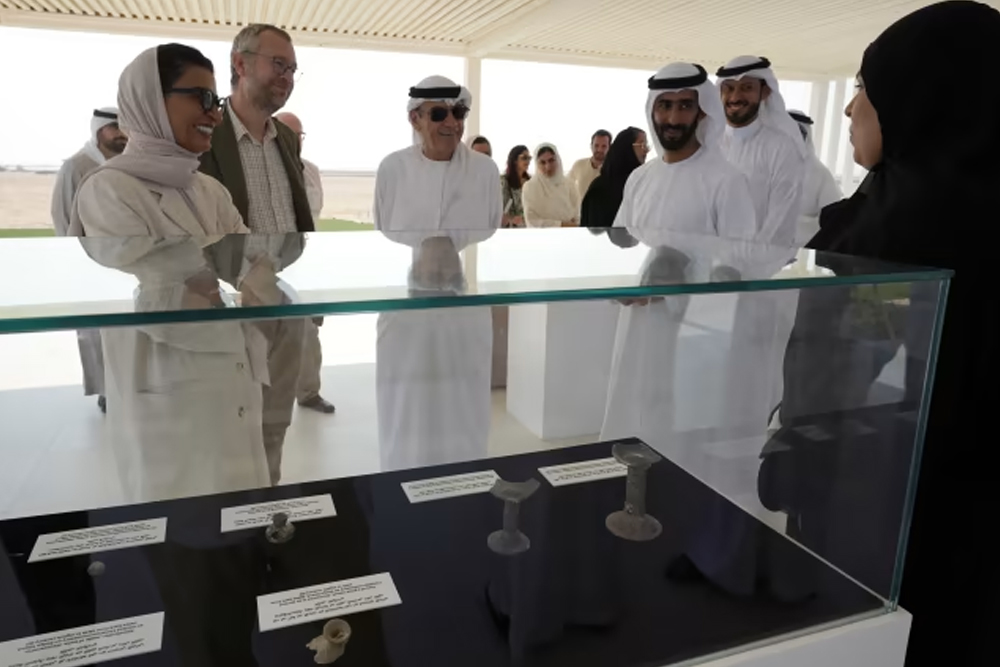
The UAE emirate of Umm Al Quwain appears to be the site of an archeological discovery as an ancient Christian monastery on Al Sinniyah Island has been unearthed.
Archaeologists announced the incredible finding last week, and the emirate’s tourism and archaeology department confirmed that the enormous complex had included a church, refectory (dining hall), cisterns and cells for the monks where they spent time in solitude or prayer.

Experts have also revealed that their research using radiocarbon dating and the assessment of pottery that was excavated at the ancient site conveys that the community of monks and worshippers existed and lived there between the late 6th to mid-8th century AD. This also denotes the fact that the Christians that dwelled on Al Sinniyah Island had been witness to and experienced the growing prominence of Islam in the 7th century AD.
The ancient monastery recently excavated in Umm Al Quwain is the second one discovered in the UAE, following another that was found on Abu Dhabi’s Sir Bani Yas Island in in the early 1990s. It has been reported that six ancient monasteries have been discovered along the shores of the Arabian Gulf so far, five were found in the GCC states.

Professor Tim Power of the UAE University, who was also a part of the archeological team that discovered the monastery said in a statement, "It is an extremely rare discovery. It is an important reminder of a lost chapter of Arab history."
Al Sinniyah is located between the UAQ peninsula and the Gulf coast and it protects the mangrove-fringed Khor Al Beida lagoon and the shores that surround it convey through historical findings that humans have occupied these spaces over thousands of years.

The monastery found in Umm Al Quwain was discovered under the Sinniyah Archaeology Project, which is a collaboration between UAQ department of tourism and archaeology, the Institute for the Study of the Ancient World at New York University in New York, and the Italian Archaeological Mission in Umm Al Quwain.

















